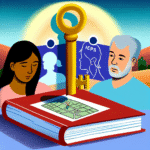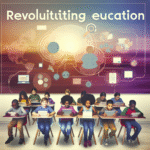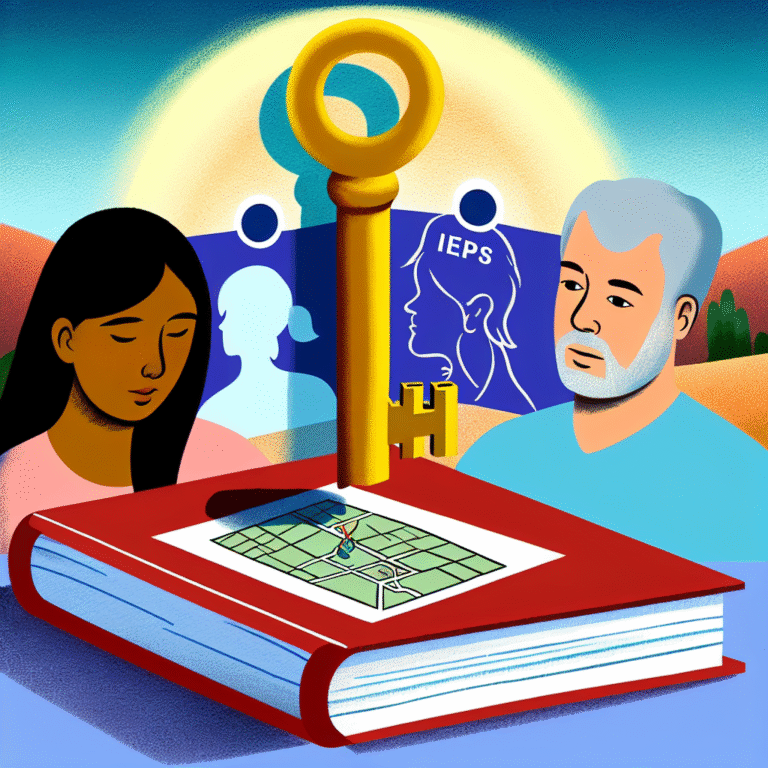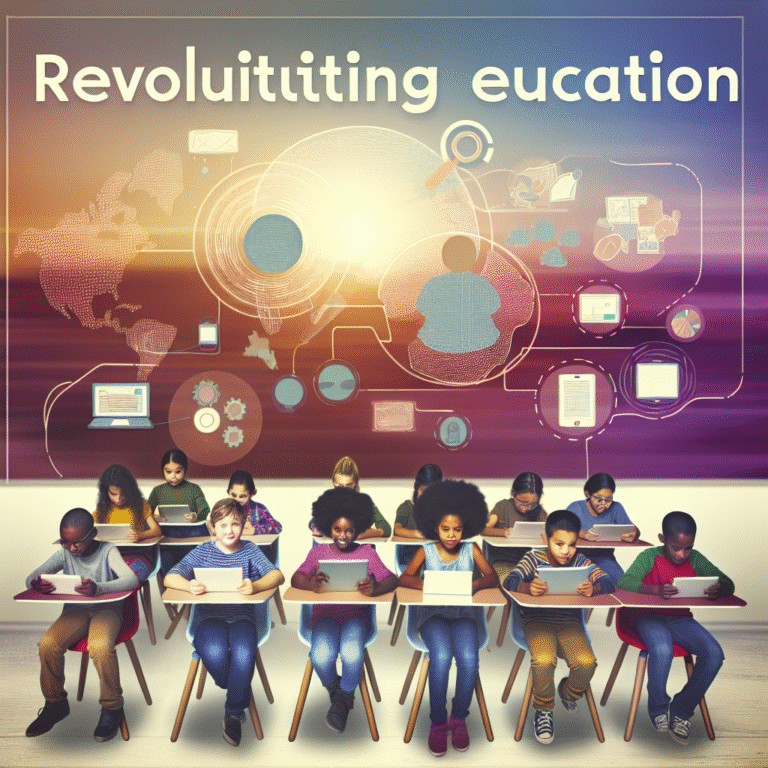
When Differences Spark Conflict: Exploring Bullying Among Students with Learning Disabilities
Introduction
In a world that celebrates diversity, there exists a painful irony: differences can often lead to conflict. This is especially evident in school environments, where students with learning disabilities frequently face bullying that stems from misunderstanding and intolerance. When Differences Spark Conflict: Exploring Bullying Among Students with Learning Disabilities serves as a vital reminder that while differences can indeed spark conflict, understanding and compassion can foster acceptance and inclusion. This article delves deeply into the nature of bullying among students with learning disabilities, shining a light on its causes, effects, and potential solutions.
Understanding Learning Disabilities and the Bullying Landscape
What Are Learning Disabilities?
Learning disabilities (LD) are neurological disorders that affect the brain’s ability to receive, process, and respond to information. They can manifest in various ways, including challenges in reading (dyslexia), writing (dysgraphia), math (dyscalculia), and processing information (nonverbal learning disabilities). According to the Learning Disabilities Association of America, approximately 1 in 5 students in the U.S. has a learning disability.
The Intersection of Bullying and Learning Disabilities
Students with learning disabilities often face bullying for a variety of reasons:
- Difference in Academic Performance: These students may struggle academically, leading to ridicule from peers.
- Social Skills Deficits: Many students with learning disabilities may also have difficulties with social cues, making them vulnerable to isolation and bullying.
- Stereotypes and Misunderstandings: Misconceptions about learning disabilities foster stigmatization.
Case Study: The Silent Struggles of Emma
Emma, a bright 10-year-old girl with dyslexia, has always been passionate about art but struggles with reading and writing. At her school, a group of students often mocks her during class for her slow reading pace and poor spelling. This bullying not only affects Emma’s self-esteem but also leads to her isolating herself from her peers. In her case, the differences in her learning abilities sparked conflict, resulting in persistent bullying.
Analysis: The case of Emma underscores a critical aspect of understanding bullying among students with learning disabilities. Misunderstanding her learning challenges led to unkind behavior from her peers, highlighting the need for awareness and education in schools.
The Statistics Speak: Bullying Rates Among Students with Learning Disabilities
Research indicates that students with learning disabilities are bullied more frequently than their peers. According to a survey conducted by the National Center for Educational Statistics:
- Approximately 60% of students with learning disabilities report being bullied.
- They are 2-3 times more likely to be bullied compared to students without disabilities.
This bullying often has severe consequences, affecting mental health, academic performance, and long-term emotional well-being.
| Statistic | Percentage |
|---|---|
| Students with LD who experience bullying | 60% |
| Likelihood of being bullied compared to peers | 2-3 times more likely |
The Dynamics of Bullying
Types of Bullying
Understanding the types of bullying is essential in addressing the issue effectively. Bullying can be categorized into several types:
- Physical Bullying: Involves harmful physical contact, like hitting or pushing.
- Verbal Bullying: Includes name-calling, mocking, and belittling comments.
- Social Bullying: Aims to harm someone’s social standing or relationships, such as spreading rumors or intentional exclusion.
- Cyberbullying: Occurs through electronic means, using technology to harass, embarrass, or intimidate.
The Role of Bystanders
Bystanders play a crucial role in either perpetuating or alleviating bullying. Often, students who witness bullying do not intervene due to fear of backlash or social repercussions.
Case Study: The Power of Bystander Intervention
In a high school, a group of students witnessed a classmate with ADHD being taunted daily. One student decided to speak up, thereby rallying others to stand against the bullies. This collective response not only reduced the bullying incidents but also increased awareness of ADHD among the student body.
Analysis: This case illustrates the significant impact that bystander intervention can have. When peers witness and speak against bullying, they can help create a more supportive environment.
The Psychological Impact of Bullying on Students with Learning Disabilities
Emotional and Mental Health Effects
The consequences of bullying extend far beyond physical harm; they can lead to long-lasting emotional and psychological issues. For students with learning disabilities, these effects can be particularly pronounced:
- Anxiety and Depression: Persistent bullying can lead to feelings of worthlessness, anxiety, and depression.
- Low Self-Esteem: Constant ridicule can erode self-confidence, making learning even more challenging.
- School Refusal: Students may develop a reluctance to attend school, further isolating them.
A study published in the American Journal of Orthopsychiatry found that students with learning disabilities who experience bullying are at a higher risk of developing mental health disorders.
Strategies to Combat Bullying
Creating an Inclusive School Environment
An inclusive school environment is vital for reducing bullying incidents. Schools can implement several strategies:
Awareness Programs: Educational initiatives about learning disabilities can foster understanding and empathy among students.
Support Groups: Facilitate peer support groups where students with learning disabilities can share their experiences and strategies for coping with bullying.
- Counseling Services: Provide accessible mental health support for students affected by bullying.
Empowering Students
Empowerment can significantly reduce the frequency of bullying. Teaching students advocacy skills and ways to respond to bullying can help change the culture of silence surrounding this issue.
Engaging Parents and Community
Involving parents and the community in conversations about learning disabilities and bullying is crucial. Schools can host parent workshops to educate families about the challenges faced by students with learning disabilities.
The Role of Teachers and School Staff
Training and Professional Development
Teachers play a key role in shaping the school environment. They should receive training on:
- Recognizing the signs of bullying.
- Understanding learning disabilities.
- Implementing inclusive teaching strategies.
Building Strong Relationships
Teachers should strive to build strong relationships with their students. When students feel safe and supported by their teachers, they are more likely to report bullying incidents.
Conclusion
When Differences Spark Conflict: Exploring Bullying Among Students with Learning Disabilities reveals a pressing issue that demands our attention and action. Understanding the roots of bullying, its effects, and the steps we can take to create inclusive environments is essential. By fostering understanding, promoting empathy, and empowering students, we can transform schools into safe havens for all learners, irrespective of their differences.
Call to Action
As educators, parents, and community members, let us commit to being the allies that every student deserves. Together, we can turn conflict into connection and create school environments that celebrate diversity.
FAQs
1. What are the most common types of bullying faced by students with learning disabilities?
Students with learning disabilities often face various forms of bullying, including physical, verbal, social, and cyberbullying.
2. How can parents identify if their child is being bullied at school?
Signs may include unexplained injuries, changes in behavior, reluctance to attend school, sudden drops in academic performance, and withdrawal from social activities.
3. What steps should schools take to address bullying among students with learning disabilities?
Schools should implement awareness programs, provide counseling services, and create a supportive environment that empowers students.
4. How can students become better allies for their peers with learning disabilities?
Encouraging empathy, inclusiveness, and open communication can help students become better allies. Educating themselves about learning disabilities can also foster understanding.
5. What role do bystanders play in preventing bullying?
Bystanders can either contribute to the problem or help mitigate it. Encouraging bystander intervention can create a more supportive school environment.
In conclusion, while differences can spark conflict, they hold the potential for profound understanding and growth. Let us foster compassion, acceptance, and resilience in every learning environment.






